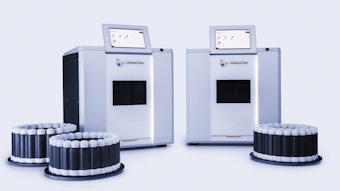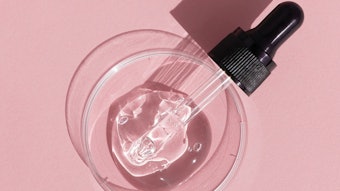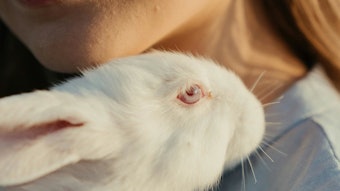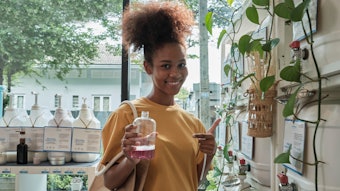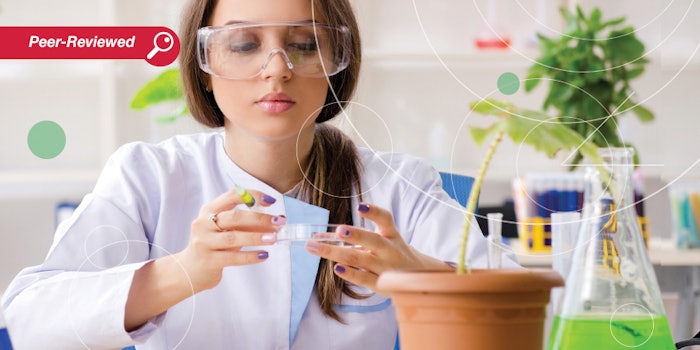
Click through to the September 2019 digital magazine to read the complete article.
Editor's note: This series serves as a primer for the cosmetic development process. This third installment covers accepted methods of microbiology and stability testing in the EU and U.S.; future installments will cover claims, manufacturing and market launch.
Disclaimer: Check with your regulatory specialist to review your specific product and situation.
Cosmetic products are not expected to be completely free of all microorganisms. However, products: 1) must be free from the numbers and types of microorganisms that could affect product quality and consumer health, and 2) must ensure that microorganisms introduced during normal product use will also not affect the product quality and consumer health.
Manufacturers are responsible for the microbiological quality of their products, which can be confirmed as defined above by performing two series of tests:
1. Microbiology testing after product manufacturing to verify the requirements for:
a. Microbiological limits and
b. Absence of pathogens/free of harmful microorganisms.
2. Preservative Efficacy Testing (PET) or Challenge Testing (CT) to verify the preservation platform is effectively ensuring the product is safe to use over time, and that a microbial contamination will not develop.
The ISO 29621:2017 norm helps cosmetic manufacturers to determine the risk level and the products that present a low risk of microbial contamination during production or use. The degree of risk depends on the ability of a product to support the growth of microorganisms, along with the probability that those microorganisms can cause harm to the users.1 Many cosmetic products provide optimum conditions for microbial growth as they contain water, nutrients, the right pH and other growth factors. In addition, the ambient temperatures and relative humidity at which many cosmetic products are manufactured, stored and used by consumers can promote microbial growth that could cause harm to users or degrade the product. For these types of products, the quality of finished goods is controlled by applying cosmetic good manufacturing practices and using preservatives.
Per the risk assessment, three categories can be established:
1. Cosmetics with low microbiological risk. For example, those having:
a. Water activity aw ≤ 0.6;
b. pH ≤3% and ≥10%;
c. Alcohol content ≥20%;
d. Production filing temperature > 65oC; or
e. Raw materials that create a hostile environment.
2. Single-use cosmetics and products that cannot be opened (e.g., aerosols)
3. All other cosmetics.
For products with low microbiological risk, both microbiology testing and the CT can be waived (with justification). For single-use products and products that cannot be opened, the CT is not necessary on the finished product (see below). All other products need to undergo both tests. . .
Click through to the September 2019 digital magazine to read the complete article.
References
- ISO 29621:2017. (2017). Retrieved from https://www.iso.org/standard/68310.html





